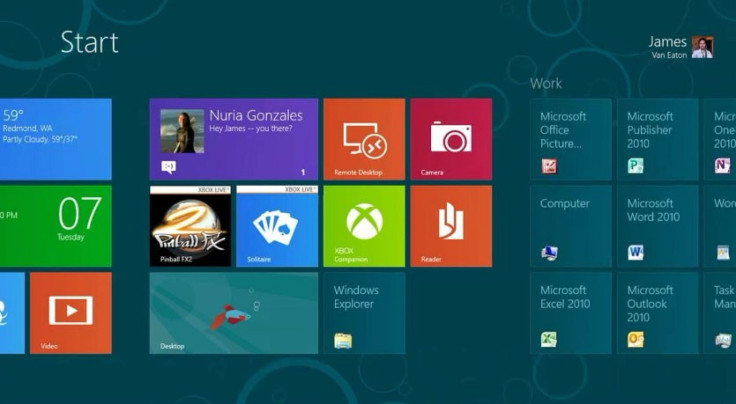New Flash Plug-in On Google Chrome For Windows Users Facilitates Smoother Browsing Experience

For long, Flash has been a key deterrent to smooth internet experience of browsers owing to stability and security issues. To address this aspect, Google Chrome introduced an updated version of Flash plug-in for Windows users.
Apparently, the Chrome and Adobe teams ported the Flash plug-in to use the browser's sandboxing platform after two years of work, the Verge reported.
The plug-in is thoroughly modernized and can take advantage of technologies such as GPU acceleration. This renders faster and smooth scrolling experience. The Flash plug-in built into Chrome 21 for Windows is more stable and secure as it is found in a stronger sandbox and reduces crash by 20 percent.
The new Windows version of Chrome (Chrome 21), which was launched July 31, completely removed the Netscape Plugin Application Programming Interface (NPAPI) Flash plug-in and adopted Google's own Pepper Plugin Application Programming Interface (PPAPI) standard, PCAdvisor noted.
The new version of Flash in Chrome allows the plug-in to be sandboxed even on Windows XP machines, a feature that was previously unavailable and enables Flash support on Windows 8 as well.
Justin Schuh, software engineer at Google, posted in the Chromium blog Windows Flash is now inside a sandbox that is as strong as Chrome's native sandbox and dramatically robust than anything else available. And for the first time ever, Windows XP users have a sandboxed Flash that is critical given the absence of OS support for security features such as ASLR and integrity levels.
With the latest version of Chrome those using Windows OS no longer need to disable plug-ins for a smooth browsing experience.
For users who work with Macs, a similar update is being planned, while Linux and Chrome OS users may already be using the new system, the Verge has added.
© Copyright IBTimes 2024. All rights reserved.











